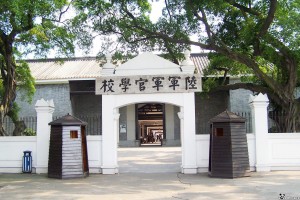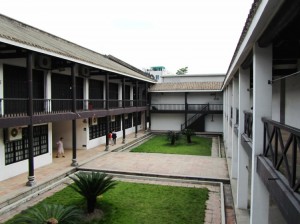Located in the beautiful Shenzhen Bay, Splendid China is the largest and most extensive miniature scenic area, covering an area of 450 acres. According to the layout distributional position, 82 spots are placed to their own positions. Splendid China is just like a large map of China. These spots can be divided into three categories: ancient architecture, scenic spot and folk houses. More than 50,000 pottery people are placed in the spots. You can enjoy the beautiful rivers and mountains in a day. Are you ready for Canton fair 2013? If you have no time to travel in China, this Folk Culture Village can let you to know about China. Welcome to Splendid China when you come to Guangdong for Guangzhou Fair. 
Splendid China in Shenzhen has solemn Emperor Mausoleum and Confucius Temple. The majestic Mt. Taishan, Three Gorges Dam of the Yangtze River, the beautiful landscape of Lijiang, West Lake in Hangzhou and Garden in Suzhou all are in different expressions and can be enjoyed here. In addition, the worship of heaven by emperors, the wedding ceremony of Guang Xu, the ceremony in Confucius Temple and the folk customs all are showed in this place, which can really help you experience the wonderful moment. So you can enjoy the historical situation and the rivers and the mountains in a day.

China Folk Culture Village is a large-scale cultural tourist resort in Shenzhen and is the first of its kind to gather together China’s diverse ethnic folk art, customs and architectural styles together in one place. Covering an area of over 200, 000 km2, it displays 25 villages displaying the characteristics of 22 of China’s many ethnic groups. The village is renowned as a centre of excellence for its preservation of Chinese folk customs. Visitors can seethe Disneyfied versions of Yunnan Stone Forest, Towering age-old banyans from Nanbin, the memorial stone archways of Huizhou and the laser folk music fountain, to name just a few examples. In the village, you will see the distinctive architecture of ethnic groups and join their brilliant festivals. Buying some handicrafts or tasting local snacks is another way to experience the China Folk Culture Village.

